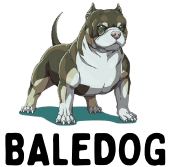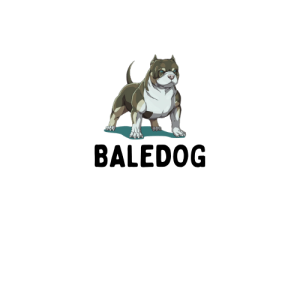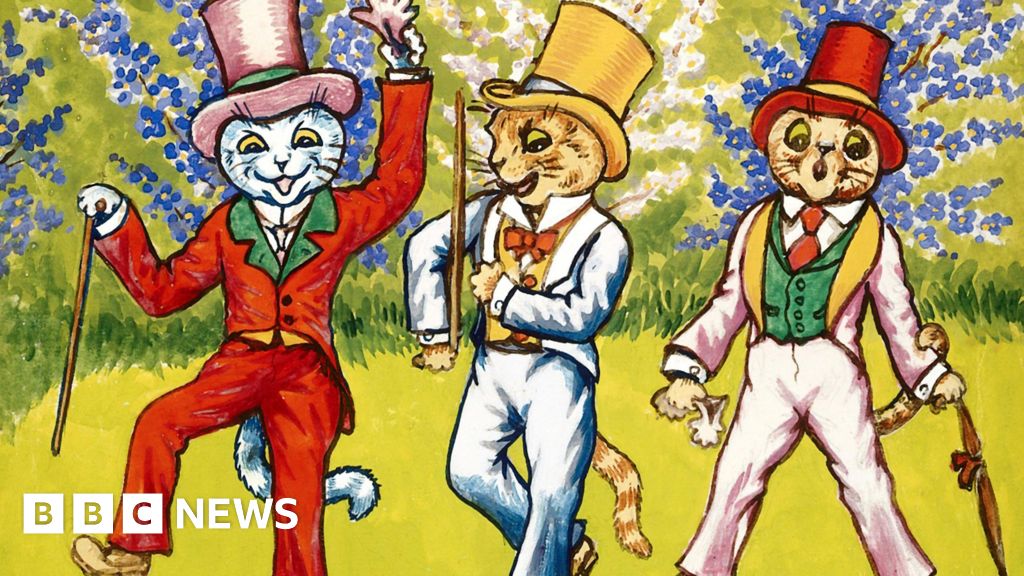
Key Takeaways:
Step into the enchanting realm of Louis Wain, a visionary artist whose feline-focused creations captivated hearts and transformed the sleepy town of Westgate. Imagine a world where cats don dinner jackets, sip tea, and engage in human-like activities with a touch of whimsy. This is the magical universe that Wain brought to life through his brush strokes, forever changing how we perceive our feline friends.
As you delve into Wain’s extraordinary journey, prepare to be whisked away on a colorful adventure that will make you see cats – and art – in a whole new light. Get ready to explore how one man’s obsession with cats not only revolutionized the art scene but also left an indelible paw print on the cultural fabric of Westgate and beyond.
The Early Days: From Sketches to Stardom
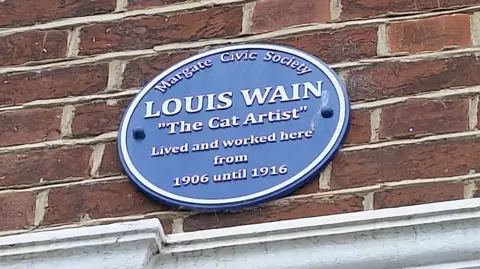
Louis Wain’s artistic journey began in the late 19th century, a time when cats were viewed primarily as utilitarian creatures, valued for their mousing abilities rather than their companionship. Born in London in 1860, Wain’s early life was marked by challenges, including a cleft lip that led to a solitary childhood filled with drawing and daydreaming.
It wasn’t until Wain married Emily Richardson that his fascination with cats truly blossomed. When Emily fell ill with cancer, the couple adopted a black and white kitten named Peter, who became a source of comfort and inspiration. Wain began sketching Peter to amuse his bedridden wife, unknowingly setting the stage for his future career.
The Rise of the Anthropomorphic Cat
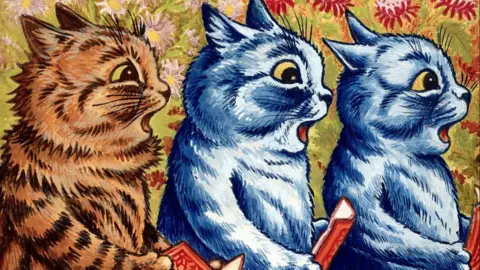
Wain’s early cat drawings were naturalistic, capturing the feline form with remarkable accuracy. However, as his style evolved, he began imbuing his cats with human characteristics, creating the anthropomorphic felines that would become his trademark. These whimsical creatures, engaged in human activities and expressing a wide range of emotions, struck a chord with the Victorian public.
In 1886, Wain’s big break came when he was commissioned to illustrate a children’s book called “A Kitten’s Christmas Party.” The book’s success catapulted him into the spotlight, and soon his illustrations were appearing in magazines, newspapers, and postcards across England.
The Wain Effect: Transforming Westgate
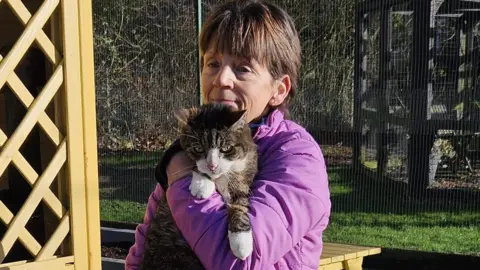
As Wain’s popularity soared, he found himself drawn to the seaside town of Westgate-on-Sea. The quiet charm of this coastal retreat provided the perfect backdrop for his increasingly fantastical creations. It was here that Wain’s influence began to reshape the local culture and economy in unexpected ways.
A Feline-Friendly Haven
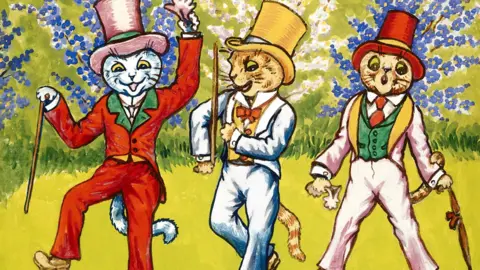
Inspired by Wain’s art, Westgate gradually transformed into a cat lover’s paradise. Local shops began stocking cat-themed merchandise, from teacups adorned with Wain’s illustrations to decorative plates featuring his famous feline characters. The town’s tea rooms started offering “Cat’s Afternoon Tea,” complete with cat-shaped sandwiches and pastries.
This feline fever even extended to the town’s architecture. Several buildings incorporated cat motifs into their designs, with ornate cat sculptures adorning facades and cat-shaped weather vanes perched atop roofs. The Westgate Cat Garden, a whimsical public space filled with cat-themed topiaries and sculptures, became a popular attraction for both locals and tourists.
Economic Purr-spectives
The “Wain Effect” had a significant impact on Westgate’s economy. As the town gained a reputation as a haven for cat enthusiasts, it saw an influx of visitors eager to immerse themselves in the feline-friendly atmosphere. Local businesses thrived, with art galleries, gift shops, and even a small museum dedicated to Wain’s work opening their doors.
The annual Westgate Cat Festival, inspired by Wain’s illustrations, became a major event on the town’s calendar. This celebration of all things feline drew visitors from across the country, featuring cat-themed parades, art exhibitions, and even a “Best Dressed Cat” competition.
Beyond Westgate: Wain’s Wider Influence
While Westgate became the epicenter of Wain’s influence, his impact extended far beyond the town’s borders. His unique style and subject matter left an indelible mark on the art world and popular culture of the late Victorian and Edwardian eras.
Changing Perceptions of Cats
Perhaps Wain’s most significant contribution was his role in changing public perception of cats. Through his endearing and often humorous depictions, he helped elevate cats from mere pest controllers to beloved companions. This shift in attitude contributed to the growing popularity of cats as pets in England and beyond.
Influence on Art and Design
Wain’s distinctive style, characterized by vibrant colors, expressive eyes, and whimsical scenarios, influenced a generation of artists and illustrators. His work paved the way for anthropomorphic animal art in children’s literature and advertising, a trend that continues to this day.
The artist’s bold use of color and pattern also found its way into the world of design. Textiles, wallpapers, and ceramics featuring Wain-inspired cat motifs became popular in homes across England, adding a touch of whimsy to everyday objects.
The Legacy Lives On
Today, Louis Wain’s legacy continues to captivate art lovers and cat enthusiasts alike. His works are highly sought after by collectors, and exhibitions of his art draw crowds eager to experience the magical world he created. In Westgate, the influence of the “cat-obsessed artist” remains evident in the town’s character and attractions, serving as a testament to the enduring power of his vision.
As we reflect on Wain’s remarkable journey from obscure illustrator to celebrated artist, we’re reminded of the transformative power of art. Through his unique perspective and unwavering dedication to his feline muses, Louis Wain not only changed how we see cats but also left an indelible mark on the cultural landscape of Westgate and beyond.
Conclusion
Louis Wain’s extraordinary journey from a solitary child artist to a celebrated creator of whimsical cat art is a testament to the power of passion and creativity. His unique vision not only transformed the sleepy town of Westgate into a feline-friendly haven but also revolutionized the way society perceived cats. Wain’s legacy serves as a reminder of art’s ability to shape culture, influence perceptions, and bring joy to countless lives. As we continue to cherish his colorful, anthropomorphic felines, we celebrate the enduring impact of an artist who dared to see the world through cat-colored glasses.
Frequently Asked Questions
Source: baledog.com
